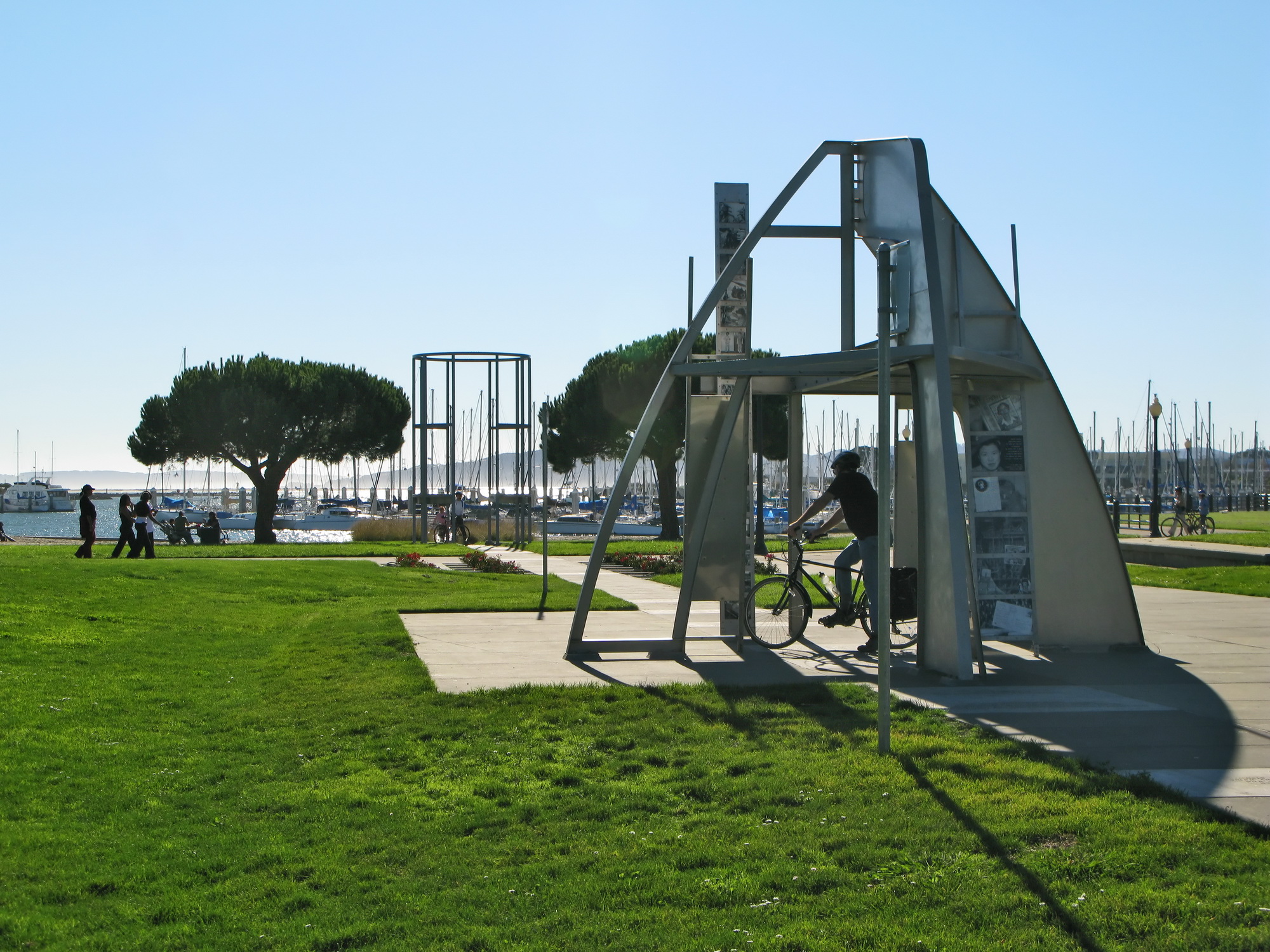As described in our previous post, the City of Richmond Department of Employment & Training operates three core public programs: Richmond Works (general adult training), RichmondBUILD (skilled construction and renewable energy training), and YouthWORKS (training for at-risk youth). Center for Cultural Innovation collaborated with the City of Richmond to design and implement a new project called RichmondDESIGNS (housed within YouthWORKS) to match 18–24 year-old local youth interested in creative careers with Richmond-based commercial arts and design businesses to provide training in manufacturing, production, and fabrication skills.
CCI was specifically seeking a government partner, and this unconventional alliance between an arts intermediary and a city’s workforce investment board was possible because of Richmond City Manager Bill Lindsay’s active leadership and conviction that a more vibrant future for Richmond includes economic support for the long-standing local arts and creative cultures. While the partners agreed early-on about what the initiative would not be (a contributing force to gentrification of low-income, African American communities, incentivized relocation of art galleries and artists from more expensive Bay Area communities, the seed of an “arts district”, etc.). What it would become was less predictable.
The project was experimental from the start, as there was no precedent for Workforce Development Boards to intersect with the non-profit arts industry. RichmondWORKS staff worked against tremendous odds over the course of the project to create a pipeline of young adults entering the local arts-business sector. This was a particular challenge as this required building new networks and relationships with people, entities, and businesses they had not worked with before. In the first year, they were able to loosely realize a single placement of an arts worker within the City’s Arts and Culture Commission, but despite numerous meetings and site visits, City staff were unable to secure a potential employer from the local community.
Among the many challenges, several warrant documentation as “lessons learned”:
- Unwillingness to hire local youth who lacked experience or formal training; this despite RichmondWORKS’s track record of successfully providing hard and soft employment skills to participants.
- Lack of already developed relationships with the city and local creative businesses that might have compelled more participation.
- Insufficient resources by both creative businesses and locally based arts nonprofits to be able to commit to offering long-term employment.
- Suspicion regarding the viability of arts-based careers by parents of prospective youth participants, who didn’t organically appreciate the value of a creative industry internship.
Both CCI and RichmondWORKS staff approached these challenges proactively and creatively. CCI staff met individually with prospective employers to use their arts-specific networks to build bridges with City staff. CCI also loosened funding guidelines to subsidize costs of employment, including costs associated with hiring a new employee (e.g., desks, computer, etc.). Similarly, City staff conducted extensive outreach with parents and potential participants, and extensive relationship building with prospective employers, working together to generate ideas for potential positions.
The City’s original commitment was to match CCI’s $25,000/year grant for two years for a total of $100,000 by placing 20 or more underserved, locally based youth in creative employment. The City already has a proven method for securing participants for training programs and employer placements, so that was clearly not the issue. The challenge was that there was very little pre-existing intersection between the City and the local fabrication warehouses, which created a triple whammy: lack of youth awareness of creative careers, lack of parental buy-in to non-traditional training programs, and lack of employer trust in the process. Ultimately, the program couldn’t catalyze participation.
Despite not being able to place any youth in permanent employment, CCI Executive Director Angie Kim perceives the project as successful in realizing their experimental goal: to establish a base knowledge of the challenges and potentials of intersecting the arts with workforce development. Angie said:
“Given the short timeline of one year to establish the program, and one year to fulfill, we learned a tremendous amount. My greatest takeaway is that any similar program design in the future needs to be anchored by willing participants from the community. Our intent was to create a rapid-launch incubator utilizing existing municipal resources. Another would include a co-designed initial approach with a larger group including parents, teachers, and business owners.
A program like this also needs to be able to compete with the kinds of funds that Chevron has put on the table for traditional labor force development initiatives.”
There is often a similar scarcity mentality among arts business owners as arts nonprofits: resources are tight, therefore experimentation is risky, and difficult to justify to investors and funders. But when arts organizations and business owners adopt that poverty and competition mentality, they are less willing to spawn a riskier hire even if it may actually benefit their own long-term business interests and community mission. The greatest takeaway from the Richmond experiment may be: how might we culturally empower, structurally enable, and financially support both arts leaders and arts business leaders to take bold initiative as good citizens and community members?
